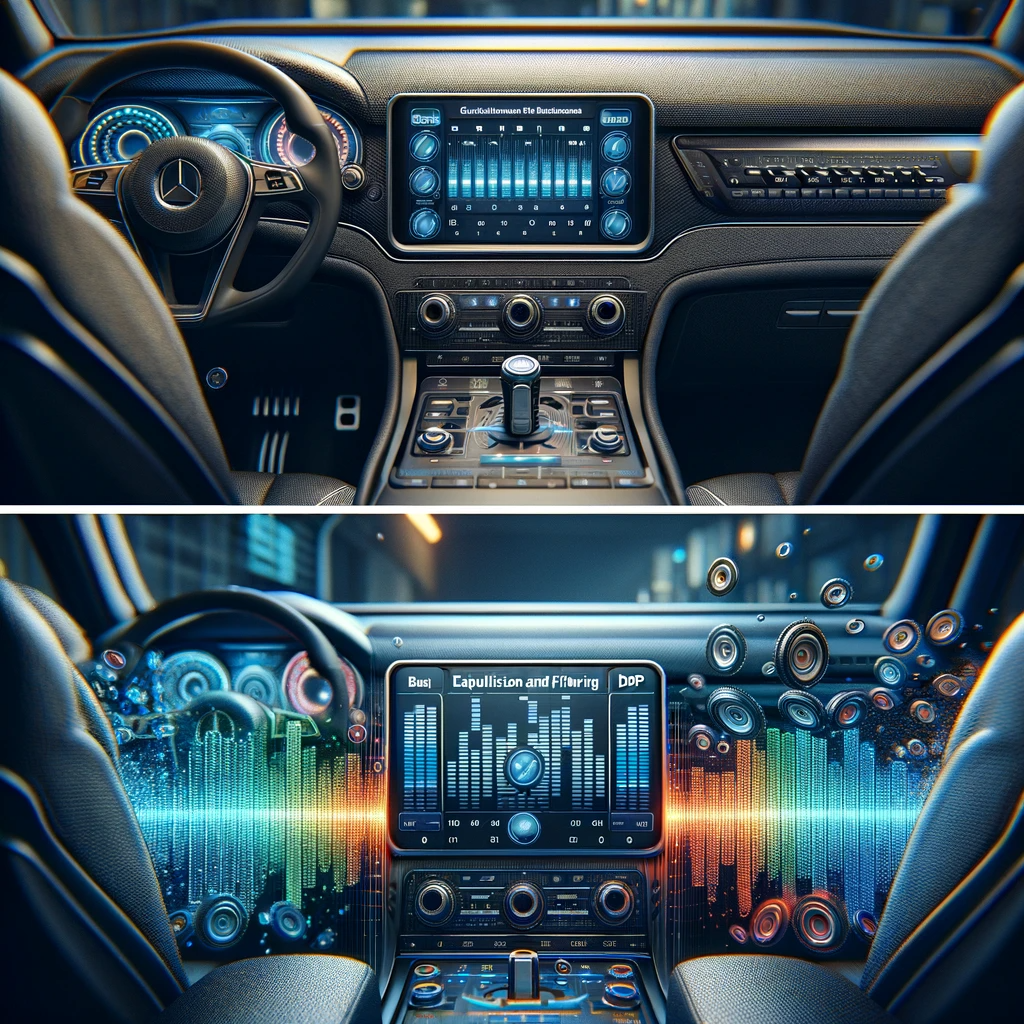Understanding Car Audio DSP
What is the Role of Digital Signal Processing in Automotive Audio Systems
In the realm of automotive audio technology, Digital Signal Processing (DSP) stands as a monumental innovation, fundamentally redefining the capabilities and quality of car audio systems. This cutting-edge technology serves as a cornerstone for augmenting sound quality, boosting system performance, and offering unprecedented user control. The outcome of integrating DSP into car audio is not just an enhanced listening experience, but a deeply immersive sonic journey. By processing audio signals digitally, DSP adeptly smooths out the inherent flaws found in conventional audio systems. This meticulous digital manipulation ensures that the reproduced sound is not only crystal clear but also a true-to-life representation of the original recording.
For car audio enthusiasts and those with a keen ear for quality sound, DSP represents a paradigm shift in audio technology. It's akin to having a comprehensive audio toolkit at your fingertips, combining the functionalities of a robust equalizer, a dynamic amplifier, an accurate crossover, and an advanced time alignment system. This multifaceted toolset provides users with extraordinary control over a wide array of audio parameters. With DSP, individuals can delicately adjust equalization settings, fine-tune crossover filters, align audio timing with precision, experiment with phase inversion, and calibrate gain control to their exact liking. In essence, DSP acts as a master sculptor's tool for the audio enthusiast, allowing for the meticulous crafting of a personalized sound environment. It empowers users to modify the bass depth, enhance treble clarity, and balance the overall sound profile, ensuring every rhythm, melody, and harmony is experienced in its fullest glory, perfectly tailored to the listener's personal taste and auditory preferences.







